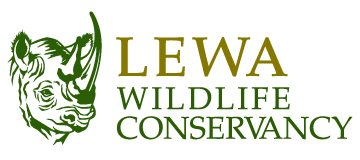Lewa Conservancy is home to a fascinating selection of snakes such as the black mamba, red spitting cobra, black-necked spitting cobra, Ashe’s spitting cobra, puff adder, and boomslang.
Snakes can be dangerous, and some species venomous, which makes it even more important for rangers and other individuals who work in wildlife conservation to have the necessary knowledge and tools to handle them without harming themselves or the animals they are dealing with.
That is why the Taylor Ashe Antivenom Foundation from Watamu conducted a four-day training at Lewa on proper handling of snakes.

The training furnished them with information on basic snake awareness and the different types of venomous snakes found in Lewa. Snake bite prevention was also covered, as prevention is better than cure.
Hands-off snake handling skills were taught in the training to minimise the risk of injury to the handler and the snake.

The trainers had four types of venomous snakes found at Lewa with them, including the black mamba, red spitting cobra, ashes spitting cobra, and puff adder, which were used to teach basic hands-off handling skills. The use of live venomous snakes during the training was particularly effective in giving trainees a real-life sense of the dangers of working with these animals, as well as the importance of safety precautions and proper equipment.

The trainers also used harmless snakes to show the participants and help them identify different species of snakes.
Identifying different species of snakes can be a valuable skill for individuals who work in wildlife conservation or in areas where venomous snakes are common. Learning how to distinguish between venomous and non-venomous species can help prevent unnecessary harm to both humans and animals.
By using harmless snakes in addition to live venomous snakes during training programs, participants can gain a better understanding of the different types of snakes found in their area and develop the necessary skills to safely interact with them.







